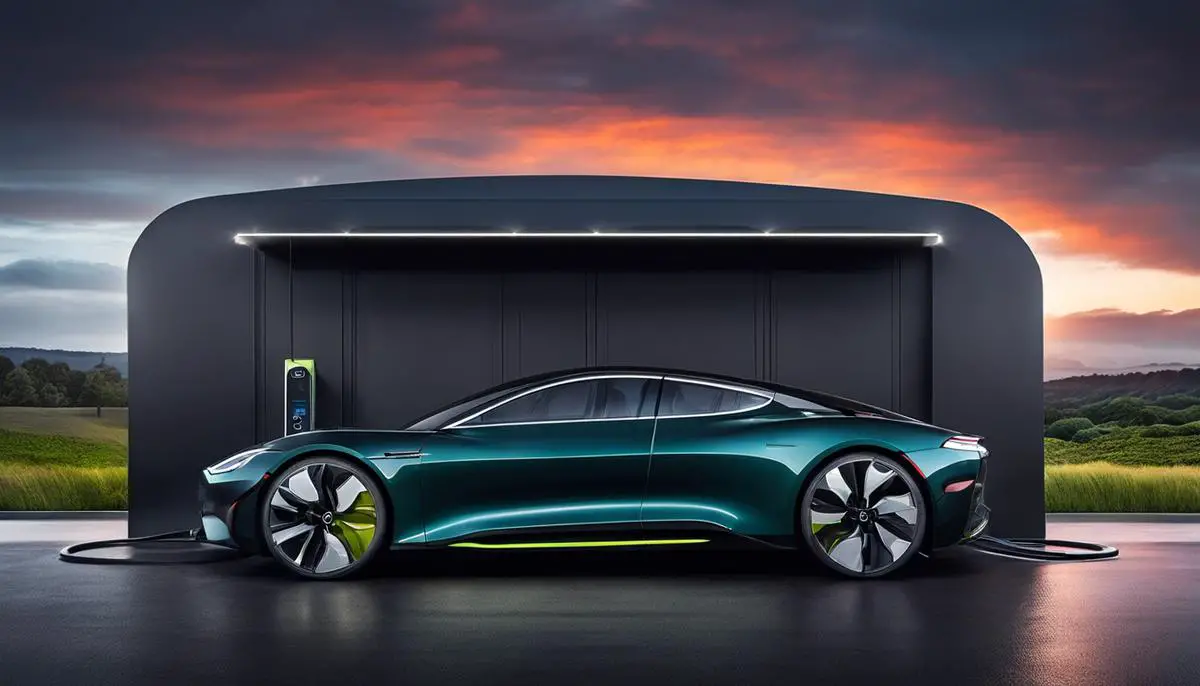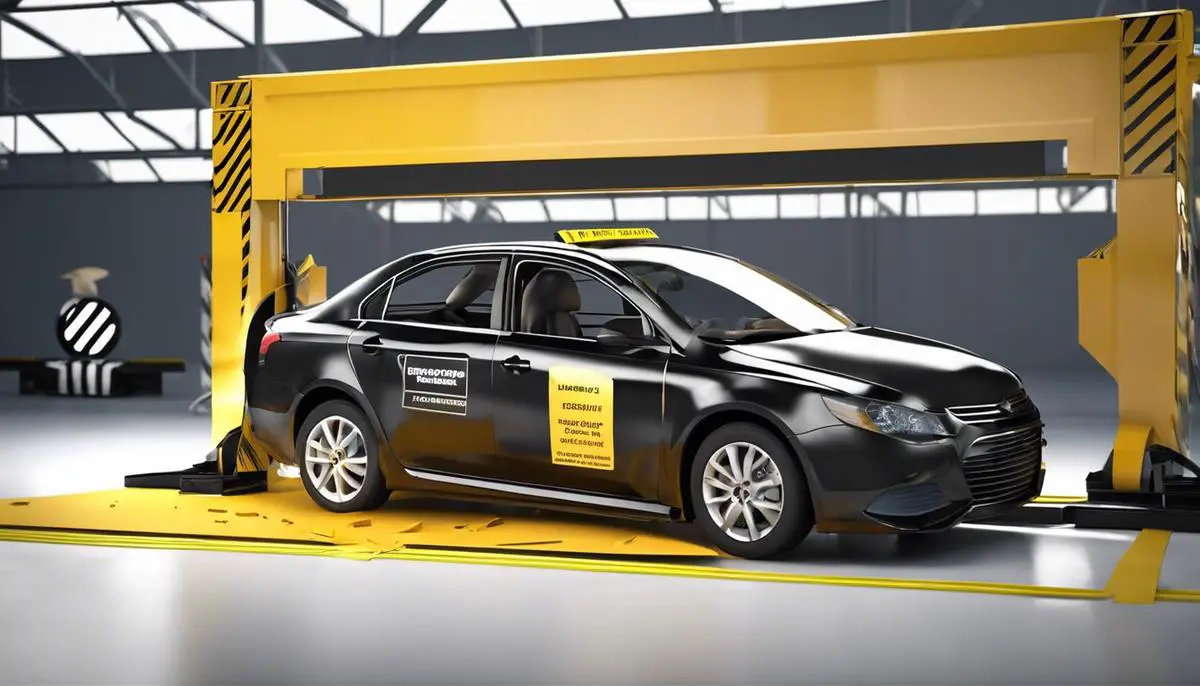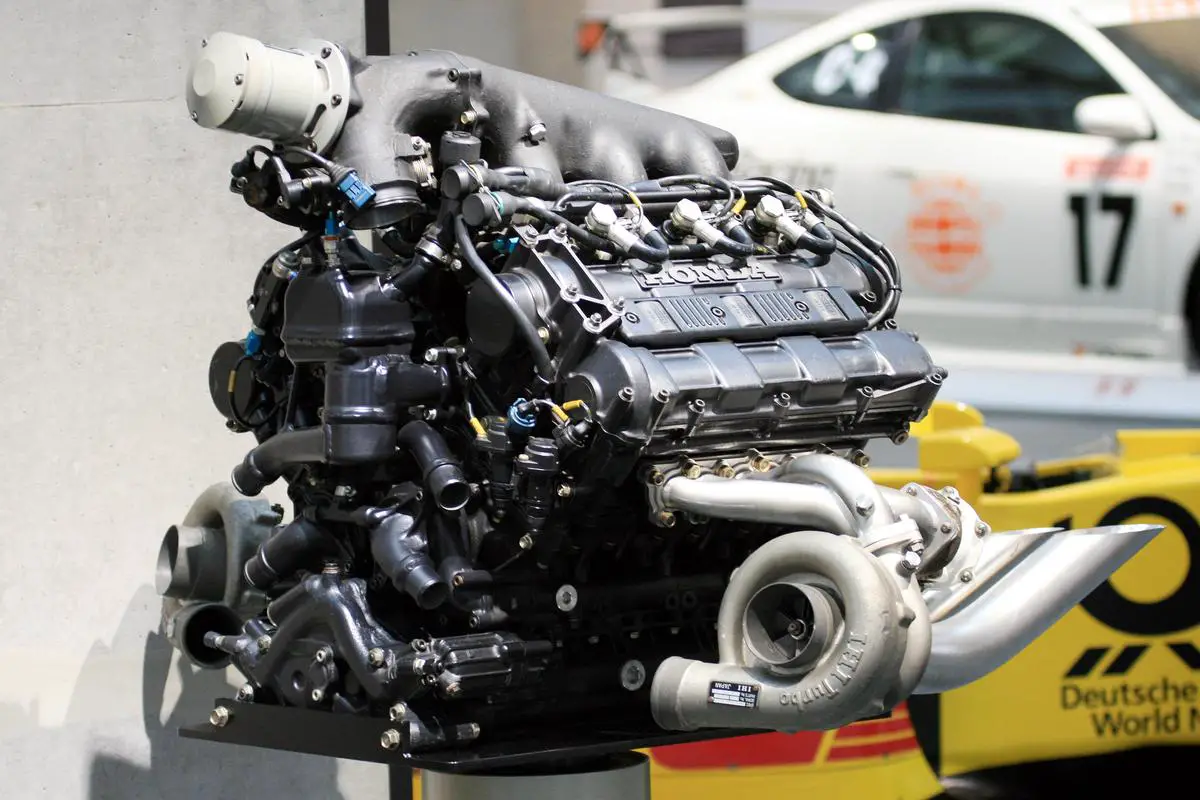As the tides shift towards sustainable transportation, electric cars are increasingly becoming the highlight of automotive innovation. A pivotal aspect distinguishing these vehicles from their internal combustion counterparts lies within their beating heart—the battery. The battery capacity, denoted in kilowatt-hours (kWh), serves as a fundamental metric, encapsulating the vehicle’s potential endurance and vigor. Grasping the significance of kWh not only sheds light on an electric car’s range and efficiency but also ushers consumers into a new era of vehicular metrics, simultaneously invoking considerations of performance, environmental impact, and cost. This essay endeavors to unpack the essentials of battery capacity and its profound implications, paving the way for a deeper appreciation and understanding of the electric revolution on our roads.
Contents
Understanding Battery Capacity
Charging Ahead: The Importance of Battery Capacity in Electric Cars
Alright, folks, let’s talk about something super cool and important in electric vehicles (EVs) – battery capacity! Have you ever wondered why some electric rides can cruise for miles and miles before needing a pit stop while others are always hogging the charging stations? Well, that’s all about battery capacity, and it’s a big deal if you’re into EVs.
First off, what’s battery capacity? Think of it as the fuel tank in regular gas cars. But instead of gallons of gas, we’re talking kilowatt-hours (kWh) of electric juice. The higher the kWh, the bigger the “tank,” and the longer your EV can explore without needing to gulp down more electricity.
Now, why is this super important? Simple! Range, range, range. You know, how far your wheels can go before crying out for that electric nectar. Imagine planning a road trip. You wouldn’t want to stop every hour to recharge, right? That would take forever! A beefy battery with loads of capacity means fewer stops and more exploring the open road.
And don’t forget about performance. We’re talking acceleration and making sure you’re not the last one off the line when the light turns green. Bigger capacity allows for more power to be unleashed to those zippy electric motors. So, with more kWh under the hood, your EV doesn’t just last longer, but it can also zoom faster. How cool is that?
But wait, it’s not all about having the biggest capacity on the block. Balance is key! With a gigantic battery comes a heavier ride, and that can affect how smoothly your car handles those sharp turns and quick dodges. Plus, bigger isn’t always better because it can take longer to charge up. So, brands work super hard to find that sweet spot where capacity, weight, and charging time all play nice together.
Oh, and costs! Can’t ignore the wallet, right? Batteries are like the pricey guacamole at a burrito stand – they’re what can make EVs a tad expensive. As tech gets better and batteries become more affordable, owning an electric set of wheels won’t hurt the bank as much. That’s a win for everyone!
Lastly, big-capacity batteries are like a trusty sidekick for renewable energy. When there’s lots of sun or wind, your EV can store that clean power and use it to drive around town. It’s like turning your car into an eco-hero, fighting the good fight against pollution.
So, there you have it! Battery capacity isn’t just another number to gloss over. It’s the heartbeat of your electric vehicle. It decides how far you’ll go, how fast you’ll get there, and how often you’ll be visiting charging spots. Plus, it’s getting better and more affordable all the time, which is fantastic news for all of us who love the electric life. Keep your eyes on those kWh, and enjoy the ride!

Comparison with Internal Combustion Engines
Are Electric Car Batteries Really Capable Enough?
Turning heads and driving the future, electric cars are plugging into the mainstream. Yet, many car enthusiasts running on old-school petrol power raise a fair point: How does the battery capacity in electric cars stack up against the fuel tank capacity in internal combustion engine (ICE) vehicles?
Let’s put this in the simplest terms: battery capacity is akin to the size of a vehicle’s fuel tank. It’s measured in kilowatt-hours (kWh), like how one might measure liquid fuel in gallons. So, when talking capacity, think of it as the electric car’s “full tank” compared to its gasoline-based cousin.
To give a sense of scale, a typical electric car battery nowadays ranges from 40 kWh to 100 kWh or more. This is the electric juice it’s packing to take you from point A to B, and sometimes all the way to Z. In contrast, the average ICE vehicle comes with a 12 to 20-gallon gas tank. Now, one gallon of gasoline contains approximately the energy equivalent of 33.7 kWh.
Now, it’s about getting how many miles out of that energy. Electric cars can travel roughly 3-4 miles per kWh. Imagine a car with a 60 kWh battery; we’re talking about an average range of 180 to 240 miles. That’s like driving the distance from New York City to Washington, DC without needing a charge.
It might seem like ICE vehicles have the edge as they’ve been seen to go for about 300 miles or more on a full tank. But the direction of travel matters here – as electric car technology advances, their batteries get more powerful and efficient. And let’s not forget the convenience factor; charging an electric car can often be done at home overnight, sort of like plugging in a smartphone.
Another point to consider: energy density, which is how much energy a battery holds in comparison to its weight. While gasoline boasts a higher energy density than most batteries, technology’s stride in improving battery design is grand. This means that, in the future, electric cars with high-capacity batteries won’t necessarily be heftier or more cumbersome.
The progress in battery tech isn’t just about getting further on a “full tank” but also about durability and sustainability. Whereas gasoline consumption is a one-and-done deal, batteries can be recharged numerous times, and advancements are making these cells last longer and longer. This plays a huge part in the electric vehicle’s rising popularity and decreasing carbon footprint.
Yes, there’s still the hurdle of longer replenish times and up-front costs. Yet, when you eye the bigger picture—the ongoing improvements, lower operating expenses, and environmental feathers in the cap—the future seems bright for electric cars.
So, in the grand comparison, while ICE vehicles may still have a slight edge in total range capacity, electric cars offer a cleaner, renewable-friendly way to travel that’s catching up swiftly. The race isn’t just about how far you can go on a charge versus a tankful, but what kind of world we’ll be driving in tomorrow.
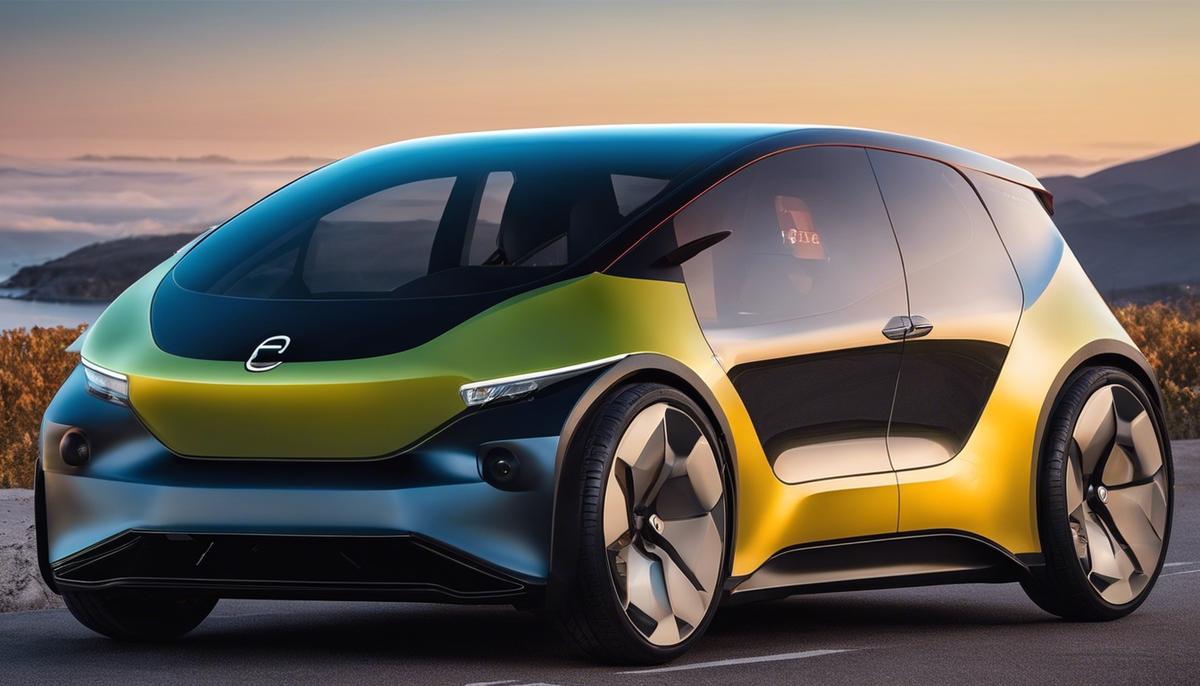
Calculating Electric Car Range
Understanding the influence of kWh on an electric car’s range is like figuring out how big your gas tank is and how far you can drive on a full tank. Simply put, the more kilowatt-hours (kWh) your electric car’s battery can hold, the further you can drive on a single charge.
Here’s the deal: kWh is the unit of measurement for the amount of electricity that the battery can store. It’s similar to how gallons measure the volume of gas in a traditional car. When you’ve got more kWh, you’ve got more “juice” to keep your car running before you need to find an outlet.
Think about a car as a hungry little beast. The kWh is like the size of its lunchbox. A bigger lunchbox means it can pack more food, so it doesn’t get hungry as soon. In this case, you can keep driving without worrying about where the next charging station might be.
Now, even with a big battery, how you drive can make a big difference. If you drive like you’re late for a rock concert, pushing your car to the max, you’re going to eat up more electricity faster, just like how sprinting uses up more energy than a leisurely stroll. This means your range will be shorter. Drive chill, and you’ll stretch those kWh further.
But wait, there’s a twist. Cars also have different appetites for power. Some are efficient and can travel a lot more miles on the same kWh than others, just like how some people can make a sandwich last all afternoon, while others gobble it down in a minute.
Temperature can also mess with your car’s range. On a super cold winter day or a scorching summer noon, your car has to work harder to keep cozy inside. It’s like how you’d burn more energy if you’re shoveling snow or running in the heat. That extra work cuts down on how far you can go.
Okay, let’s get to the juice. Charging isn’t the same everywhere. Charging at home can be like a slow and steady drip, filling up overnight. But at a high-speed charger, it’s like your car just found a juice fountain.
Finally, even though the thought of running out of power might give you the heebie-jeebies, most electric cars come with tech that tells you exactly how much power you’ve got left and where to find your next charge. No sweat, right?
Keep in mind that battery tech is getting better year by year. So, you’ll see electric cars holding more kWh and getting you further down the road. It’s like upgrading from a lunchbox to a full-on cooler.
The bottom line, the higher the kWh number on your electric car’s battery, the longer distance you can cover. But always remember, your mileage may vary. And now, you’re all charged up with knowledge on how kWh influences an electric car’s range. Plug in and drive happy!
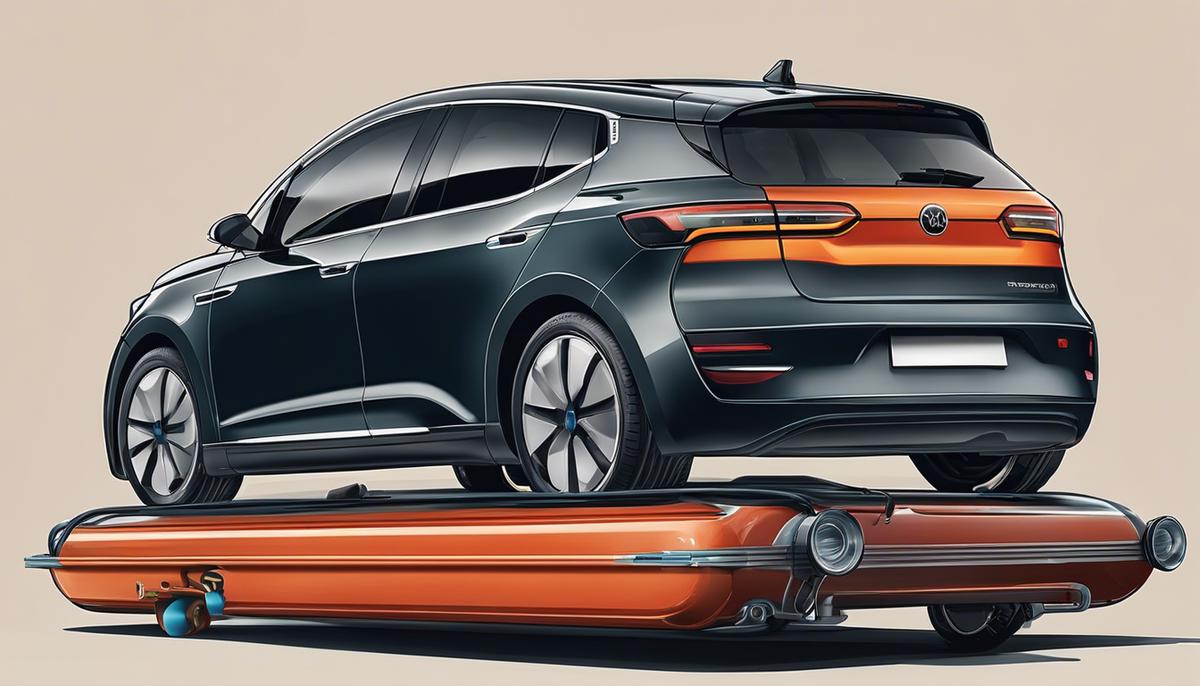
Cost Implications of Battery kWh
When you own an electric car, one of the big questions is about cost. We’re talking dollars and sense, not just the cool factor of cutting-edge tech. So let’s drive into how battery capacity affects your wallet.
Think of battery capacity like a backpack for energy. More kilowatt-hours (kWh) means a bigger backpack. A bigger backpack means you can go further before you need a recharge. That’s neat, but why should you care about the size when you’re looking at the price tag?
Larger capacity batteries tend to be pricier. No surprise there—you pay for the extra miles. But here’s the twist: A bigger battery can mean you’ve got to charge less often. If you’re not plugging in as much, you might save on electricity. Those pennies add up!
But wait, there’s more. A hefty battery can help the car scoot faster and handle better power demands—kinda like how a good meal keeps you going strong. We’re not just saving money, we’re talking quality driving.
Yet, it’s not all about going big. If you’re a city slicker who only zips around town, a giant battery might be overkill. A smaller kWh capacity could be just the ticket without emptying your piggy bank. It’s all about finding your sweet spot.
Here comes another curve in the road: battery degradation. Even with great tech, batteries slowly hold less charge over time. A car with a larger capacity might age better since it won’t need to charge to full as often. Fewer charges might mean a longer battery life. And that means more miles before you’re shopping for a new battery.
Finally, let’s talk charging. Bigger batteries might take longer to charge, but they’re also getting smarter. Faster chargers and better tech mean you’re not waiting around forever. Plus, with the right planning—thanks to cool in-car tech that shows you where to charge up—you can drive far without a hiccup.
Bottom line: Bigger batteries could mean more cash upfront, but they’re an investment. Less frequent charging, better longevity, and taking advantage of faster chargers could lower your electric car’s costs over time. Keep your driving habits in mind, and you’ll pick the perfect kWh capacity for your lifestyle—and your budget.
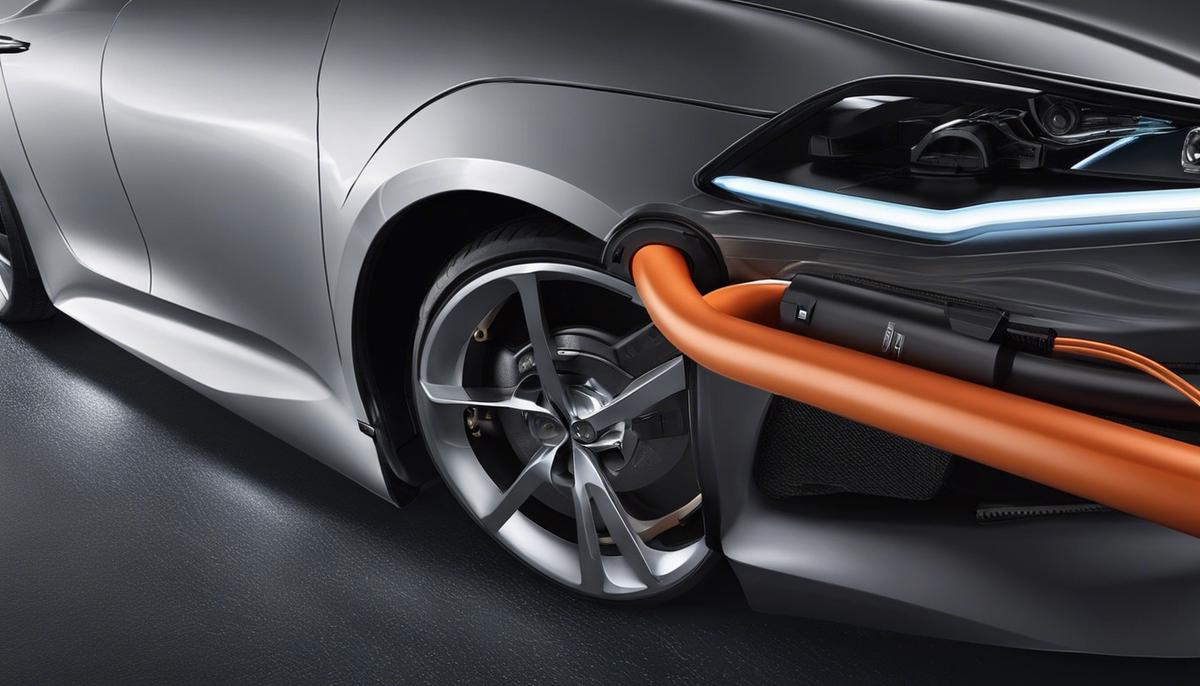
Future Trends in Battery Technology
Electric Car Batteries: Powering into the Future
When we zip around in our electric cars, we’re not just cruising — we’re riding on the crest of a modern marvel: the electric car battery. So, what’s next for these energy powerhouses? Let’s delve into the upcoming advancements that promise to pump up the capabilities of your ride’s battery.
Future advancements in electric car battery capacity hinge on a few key areas. First, researchers are focusing on new materials. This is like finding the ultimate recipe for a battery that holds more energy and lasts longer. Scientists are developing batteries using silicon or lithium-sulfur instead of traditional lithium-ion. These new materials could pack more power into the same space, kind of like fitting more books into your backpack without it getting any bigger.
Another area is solid-state batteries. Picture regular batteries as a thick milkshake that can make a mess if it leaks. Solid-state batteries remove that risk by using solid components, making them more like a chocolate bar — solid and reliable. They could not only increase safety but also boost energy storage capacity and reduce charging times — a true triple win!
The tech wizards are also working on improving charging infrastructure with ultra-fast chargers. Imagine plugging in your electric car and grabbing a quick coffee, and by the time you’re done, your car is fully charged, ready to roll. With advancements in super-fast charging technology, this could soon be the reality.
Battery management systems are getting smarter, too. These smart systems will manage how the battery charges and discharges, keeping it in optimal condition for longer. It’s like having a personal trainer specifically for your battery, ensuring that it stays fit and healthy over time.
We’re also heading towards more recycling programs for electric car batteries. As these batteries reach the end of their life in a vehicle, they can be repurposed for less demanding applications like energy storage. And when they can’t do that job anymore, new recycling techniques will allow us to safely recover valuable materials for use in new batteries. This approach ensures a more sustainable life cycle for the batteries powering our green rides.
One of the coolest things on the horizon is vehicle-to-grid (V2G) technology. This will let electric cars act like portable power packs, supplying energy back to the grid when needed. Picture this: You could help power your home during a blackout with your car’s battery!
So, buckle up, electric car enthusiasts! The road ahead looks bright — with innovative advances in battery storage, efficiency, and sustainability. The journey towards high-powered, environmentally friendly travel is just getting revved up, and future tech will make electric car batteries stronger and smarter than ever. Forget that we’re not only passengers in our electric vehicles; we’re passengers in an era of change, and the future of electric car battery capacity is driving us forward, one electrifying trip at a time.
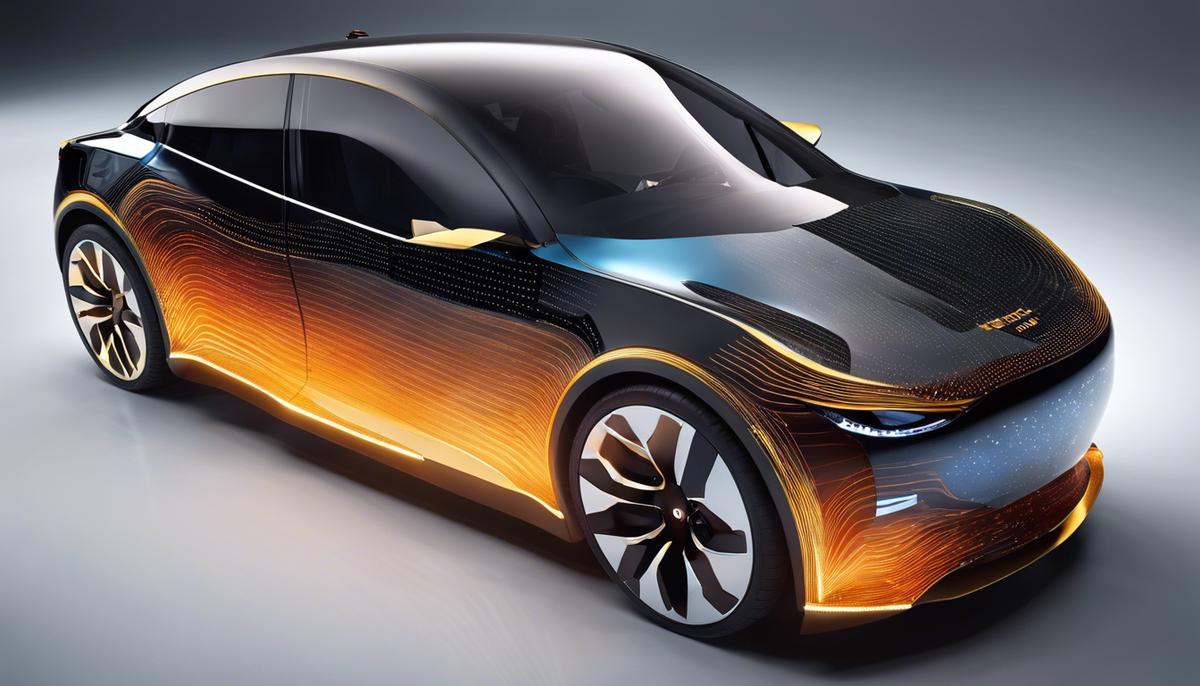
The electric vehicle landscape is continuously evolving, propelled by relentless innovation and the unyielding pursuit of higher efficiency and sustainability. As our journey through the ins and outs of battery capacity concludes, we are reminded of the intricate dance between technology and practicality. Battery capacity, articulated through kilowatt-hours, remains a cornerstone in this dynamic domain, influencing everything from cruising distances to economic footprints. Standing at the cusp of tomorrow, we watch with anticipation as advancements in battery technology promise to redefine mobility. The energy of the future courses through the veins of burgeoning electric fleets, marking a trailblazing pathway for generations of drivers to come.
